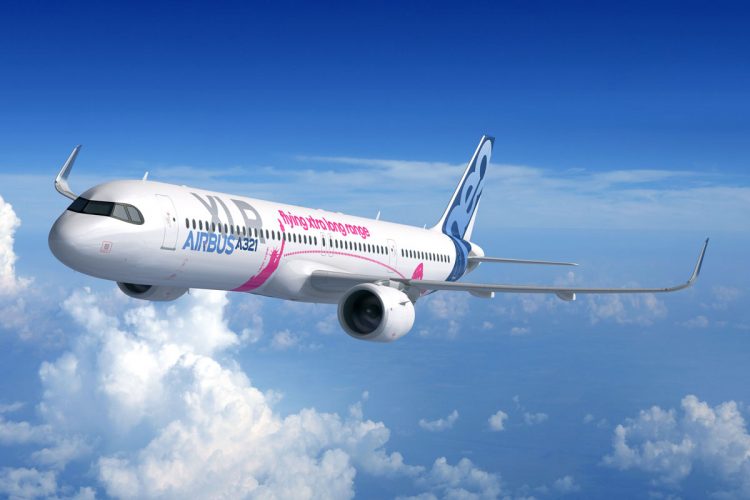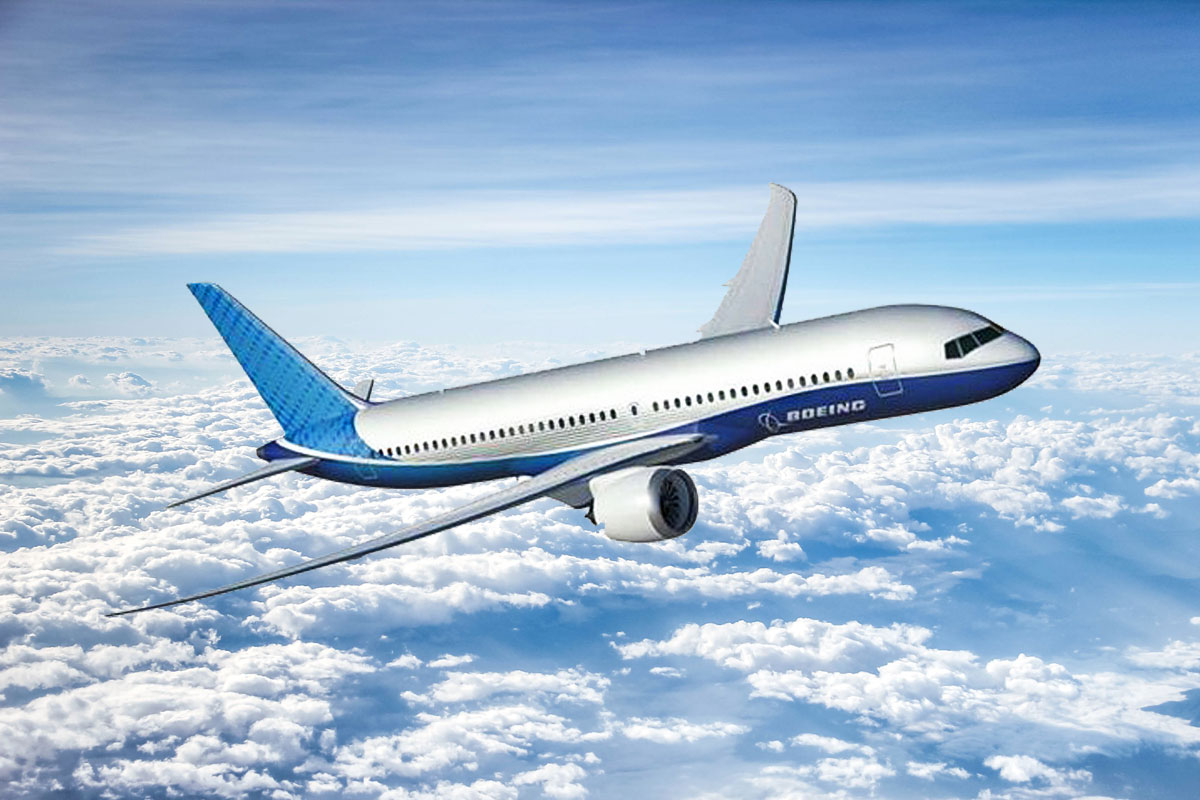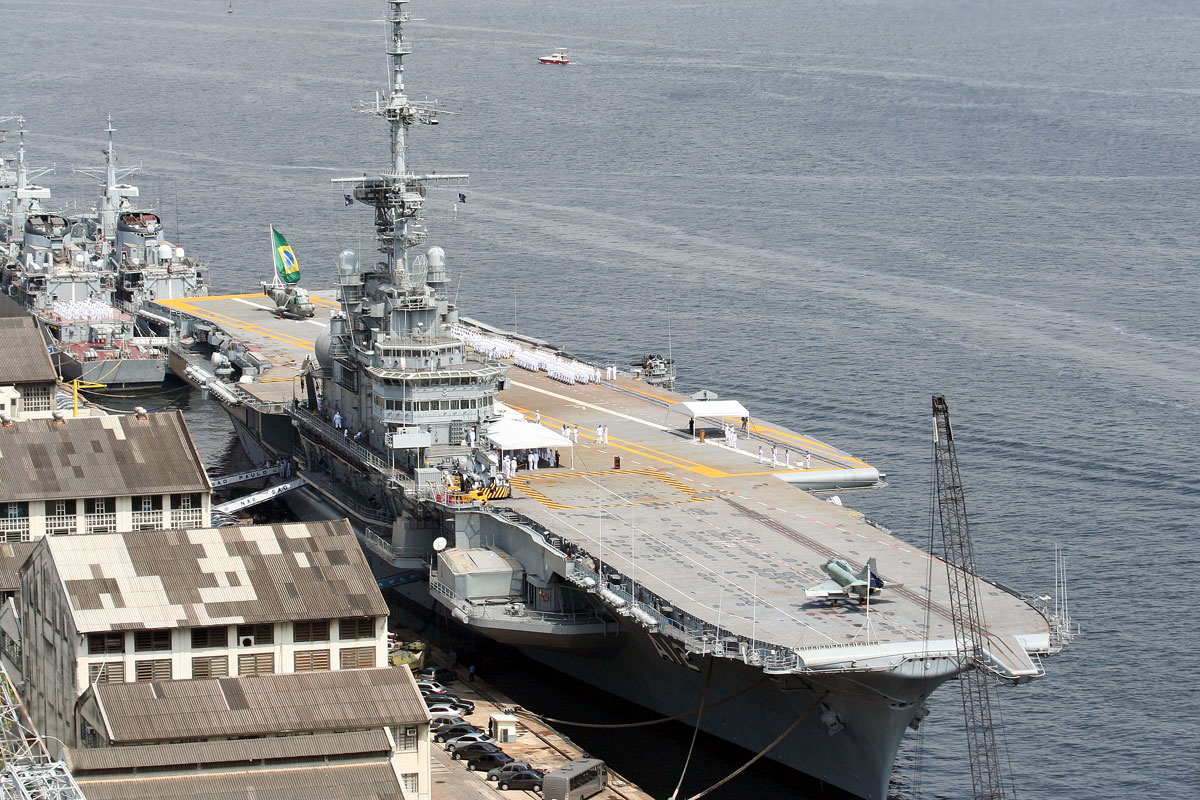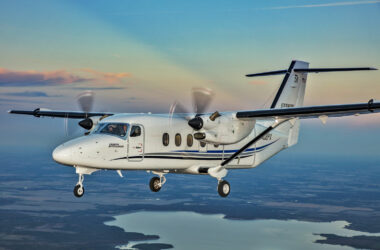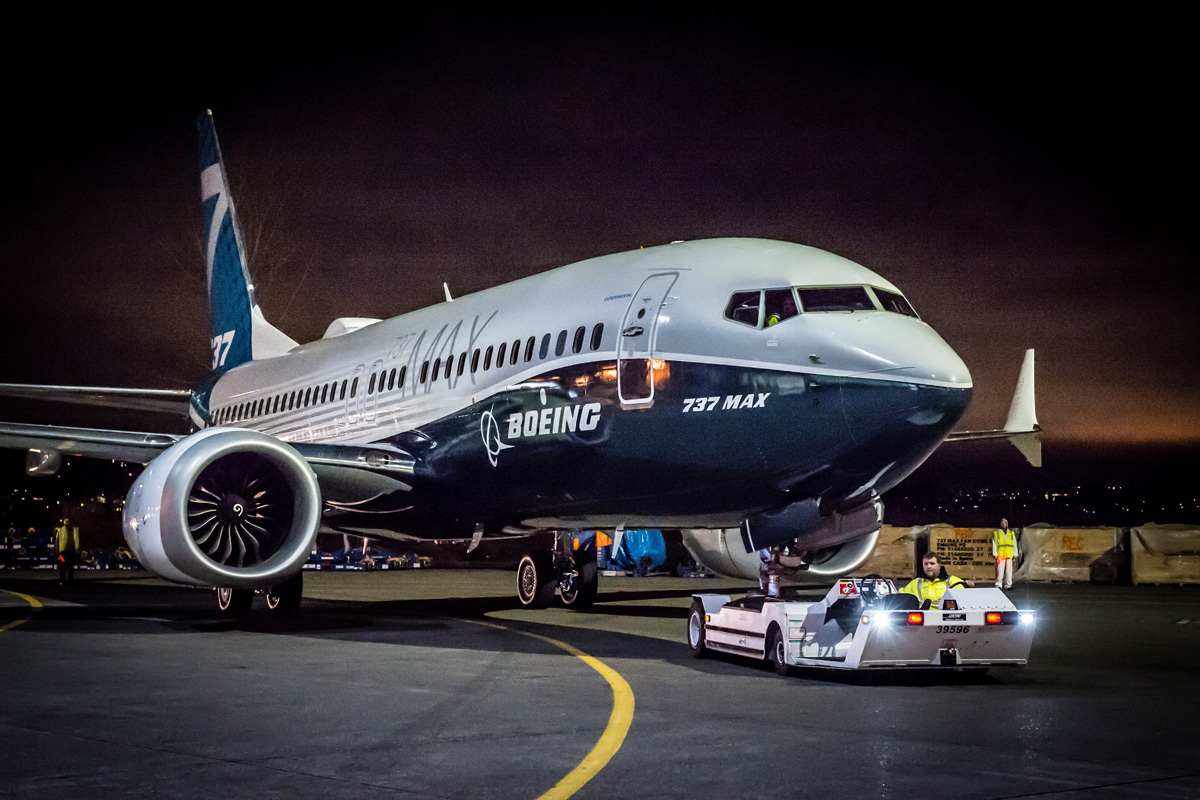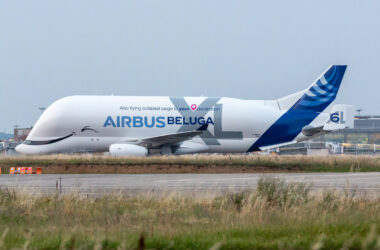Boeing may still be looking for the best compromise between performance and cost before deciding to launch its new commercial jet, known as NMA (New Mid-Market Airplane), but relying on Delta Air Lines is only a matter of time.
In an interview with Bloomberg, Ed Bastian, the airline’s CEO, said he hoped Boeing would even launch the jet, which is already unofficially referred to as 797. “I hope they will,” he said.
As a justification, Bastian cites Delta’s need to replace its former 757 and 767, of which it has 127 and 77 units respectively. “There are almost 200 aircraft we will need in the next decade,” he added.
Delta’s interest in the new Boeing is surprising because the airline has invested in several rival Airbus models in recent years. In addition to introducing the A350 and A330neo widebodies in the US, Delta is the first airline in the country to fly the Airbus A220, the smallest jet and a project developed by Bombardier.
Nevertheless, the company is still reluctant to accept Airbus’s proposal for the twin-engine long-range variant A321neo XLR, which debuted at the Paris Air Show in June with a large number of costumers.
Bastian agrees that any decision depends on what Boeing wants with its new aircraft, which reinforces the critics’ impression that the XLR is not unanimous in the market.
The fact that Boeing is rumored to revise the NMA project in favor of a single-aisle jet and capacity between the 737 MAX 8 and the 757 may be indicative that the XLR will have a more direct competitor than previously thought.
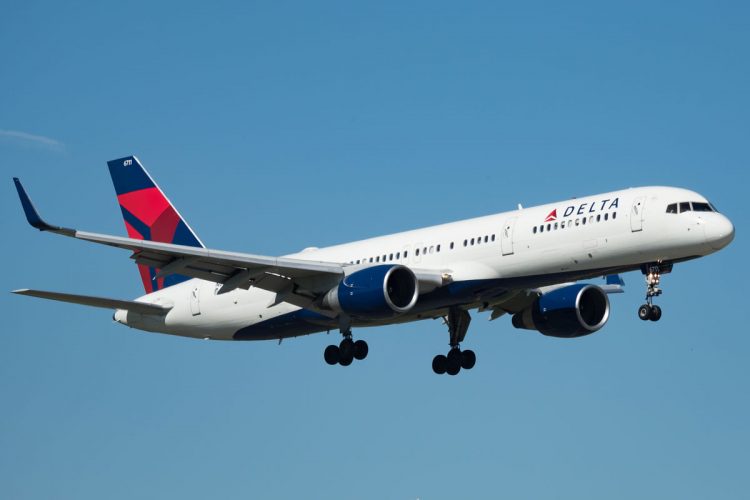
In the background
Despite the optimistic remarks of Delta’s boss, Boeing is currently focused on solving two situations that put the NMA in the background. The first, of course, is the grounding of the 737 MAX since March because of problems with its electronic systems, which are suspected of causing two aircraft to crash. The fault correction process has been long and complex, and the manufacturer still deals with disagreements between major aviation agencies that view the problem differently. As a result, forecasts for return to service are reviewed almost weekly.
The other headache for Boeing is the 777X, the world’s largest twin-engine jet. Enhanced with lessons learned from the little brother 787, the new plane was supposed to have flown for the first time in June, but problems with the GE9X engines delayed its test flight schedule by 2020. The company is still trying to convince the public that the 777 -9, its largest version, will go into service by Lufthansa and Emirates between late 2020 and early 2021, but it seems unlikely that the model will be certified in such a short time.
In the meantime, the NMA will continue to await a decision.
